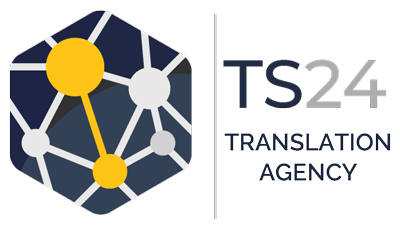The machine translation industry is advancing at a quick rate, yet such innovations never fail to fall short of criticism. The idea of having effective translations are proving to be an attractive prospect to some. But for a translator like myself, this idea isn’t as favourable.
There is no doubt that machine translation technologies have advanced, however it’s also clear that these systems haven’t evolved to a place where they are replacing humans just yet. In fact, I don’t think that this is a reality possible in the near future. Technology savvy individuals may want to push for this, I however want to be able to work as a translator, without worrying about the threat of a machine take-down. And frankly, I don’t think I’m quite ready to throw in the towel.
So what are machine translations? Well machine translations use software programs to translate speech or text into other languages. The most obvious example of this type of software is Google Translate.
Why I don’t think translation software’s are sufficient
There are many shortages in translation software’s like Google Translate. I recently watched a video by Youtuber Tom Scott titled ‘Why Google Translate Will (Probably) Always Suck.’ In the video, Tom summarises some of the downfalls of Google Translate. He highlights factors such as the concept of some languages having gender specif words, or different variations of one word. In French, the word ‘you’ translates as ‘vous’, if it’s someone you should be respectful towards, and ‘tu’ if it’s more casual. This example demonstrates that context is very important. For this reason, I am left questioning just how far machine translations are able to systematically process the correct words in these types of instances.
In the short video, Tom reveals more key points such as the connection between the speaker and the listener. He shares that a translator needs to be able to question the translation, allowing them to add to the work where necessary. One of the most significant parts of an assignment is sticking to the message without neglecting the impact of the translation. I cannot simply produce a word for word translation, instead my task goes beyond that to where I have to display an understanding of the content in different cultures, much similar to what Tom spoke about in his video.
There are also other areas such as localisation where machine translations are unable to process a translations effectively. For a task like this one, several aspects have to be taken into consideration. This includes symbolic factors such as numbers and colour. Machine translations perform systematically, and therefore the process of incorporating localisation is non-existent. This point takes me back to my initial argument, which surrounds the idea that machine translation systems aren’t sufficient because they work systematically rather than logically.
But despite my firm belief in the ability of human translators performing better than machine translations, I have to point out that several systematic programs work well at storing glossary for instance, or working immediately. Many translators, including myself use programs such as SDL Trados. In fact I think programs such as these work well in assisting us. What I don’t see however is a revolution in the near future where machine translations will wipe out translators.

